Contents
Green manures for the garden in the fall are an excellent alternative to classic fertilizers from the store. Many gardeners use them to improve the quality of the soil in the beds, thanks to which they subsequently receive a rich and high-quality crop of vegetable, fruit and berry crops. In addition, many siderates are able to disinfect the soil and repel various insect pests. About when, how and what kind of crops to plant in the garden in the fall, we will discuss further.
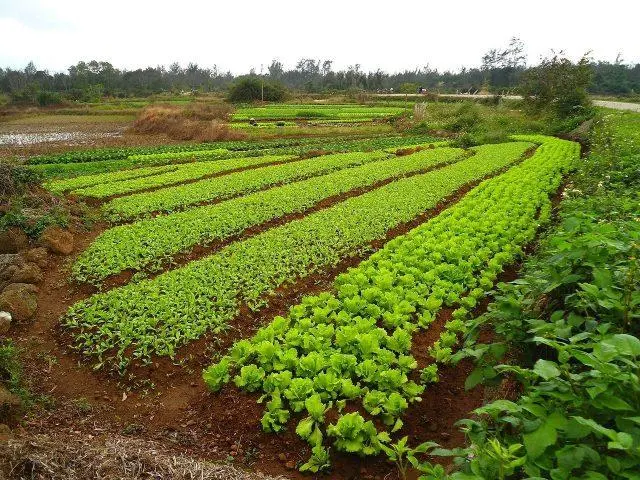
Green manure sown in autumn increase soil fertility and improve crop quality
Why sow green manure in autumn
Autumn green manure for the garden is ideal for supporters of organic farming. This is a cheap and easy way to restore the soil, which does not require special financial and physical costs from the gardener. In autumn, green fertilizer is sown for different purposes. It has long been proven that they are capable of:
- enrich the soil with valuable elements and nourish it;
- loosen the soil;
- protect the garden from all types of rot, insects and scab;
- reduce damage caused by return frosts;
- retain moisture in the beds.
In addition, green manure does not allow weeds to grow on the site, and they are also often used as a mulching layer.
What green manure is better to sow in the fall for the soil
Autumn sowing of green manure provides for a number of rules that must be observed in order to achieve the maximum effect. The main requirement is that it is impossible to plant a crop of the same family several times in a row in the same place. But since the choice of green manure is quite large, there should not be any difficulties with the selection of plants.
Most often, crops of the cereal family, legumes, buckwheat, marigolds are used as green fertilizer in the fall. The most popular among gardeners are:
- Vika;
- lupine;
- phacelia;
- oats;
- rape;
- winter rye;
- radish;
- mustard.
It is advisable to familiarize yourself with the photo and description of each of these green manure before sowing.
Vika
Bean green manure vetch is a frost-resistant crop that is rapidly growing green mass. Usually, it is sown in the fall, and planted in the spring, because with the advent of warm days, it continues to grow and accumulate nitrogen, which is necessary for the normal development of any crops.
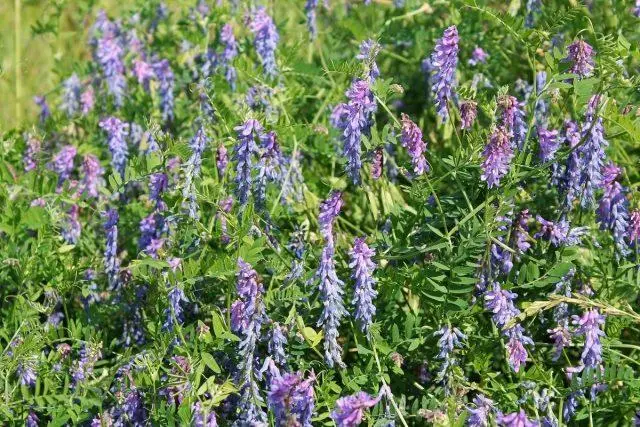
Vika is an excellent predecessor for carrots, beans and beets
Lupine
Lupine is a culture of the legume family. It is unpretentious to care, actively develops and grows even on heavily depleted soil. Lupine has a powerful root system, thanks to which it successfully takes all useful substances from the lower soil layer, and also loosens it perfectly. In addition, green manure is able to accumulate nitrogen and convert phosphorus compounds into a form that is assimilated by other plant crops.
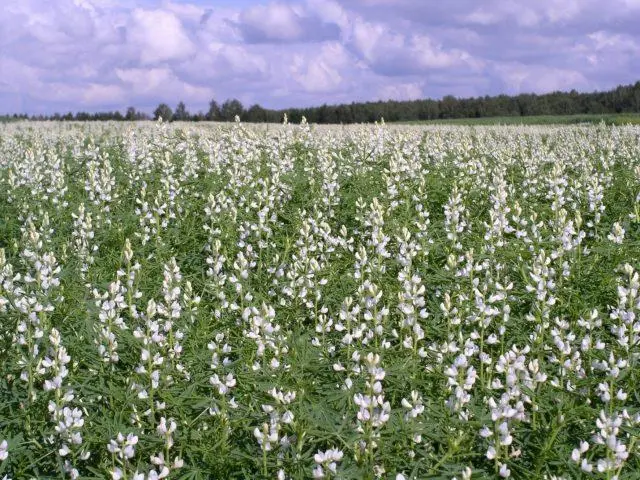
Lupine perfectly repels the Maybug and Medvedka
Phacelia
Phacelia is considered a universal green manure, which is suitable for planting before growing any plants. It grows actively, gives a lot of roots and tops in a short period of time, and after cutting it quickly rots, due to which it saturates the soil with macro- and microelements. In addition, phacelia produces a natural antibiotic, due to which it disinfects the area. It is also considered a natural insecticide – it repels locusts, wireworms, aphids and even nematodes.
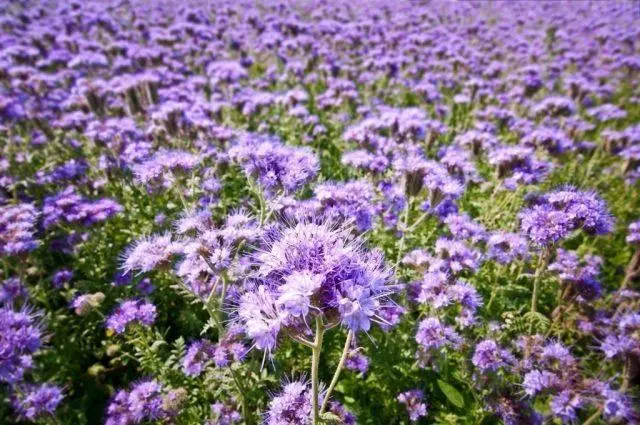
Siderat phacelia is perfect for a plot reserved for zucchini, cucumbers and nightshade crops
Oat
Oats in autumn are best sown on dense and clayey soil, which does not pass air and water well. Thanks to the roots going to great depths, it loosens the ground perfectly. Siderat is especially rich in potassium and phosphorus, but contains little nitrogen. Thanks to its dense growth, weeds stop growing on the site.
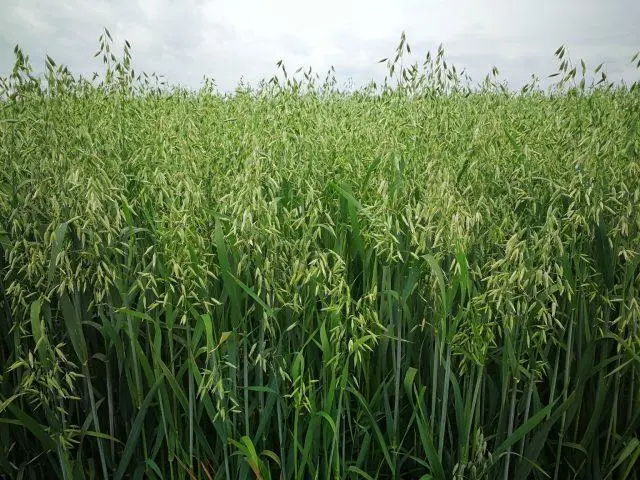
It is preferable to sow green manure oats after zucchini, cucumbers or pumpkins
Rape
Winter rapeseed is best suited for sowing in autumn. It perfectly withstands frosts, gives a lot of biomass enriched with phosphorus, sulfur and other useful substances. Thanks to the essential oils contained in the green manure, it serves as a reliable protection of the beds from pests, and also disinfects the soil well. It also improves the structure of the soil, makes it looser, and slightly deoxidizes the substrate.
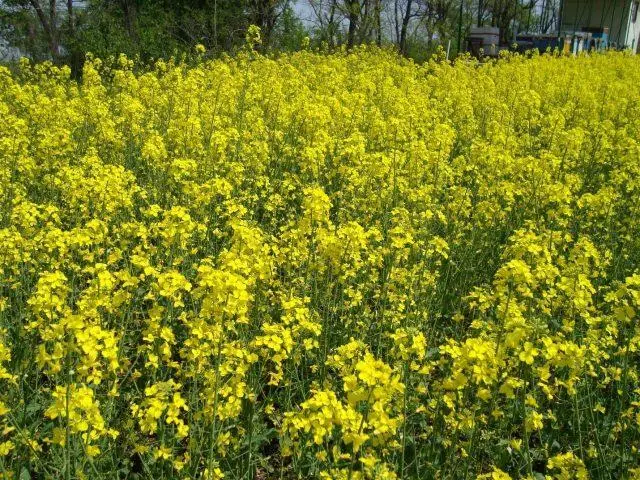
Typically, rapeseed is planted before nightshade crops, cucumbers, zucchini, carrots and beans.
winter Rye
Rye is a cereal that effectively disinfects the soil and protects it from many diseases. In addition, it, like oats, makes the soil loose. Rye gives a lot of green mass on any land, accumulates potassium and nitrogen. With the advent of spring, it is cut off and left for a couple of weeks in the garden. This creates more favorable conditions for the decay of its root system.

Winter rye perfectly cleans the site and prepares it for the cultivation of vegetable crops
Radish
Oil radish is a honey-bearing fodder crop with green manure properties. It helps to eliminate the depletion of the soil, helps to increase its fertility. In addition, the radish loosens the soil well and saturates it with organic and mineral substances.
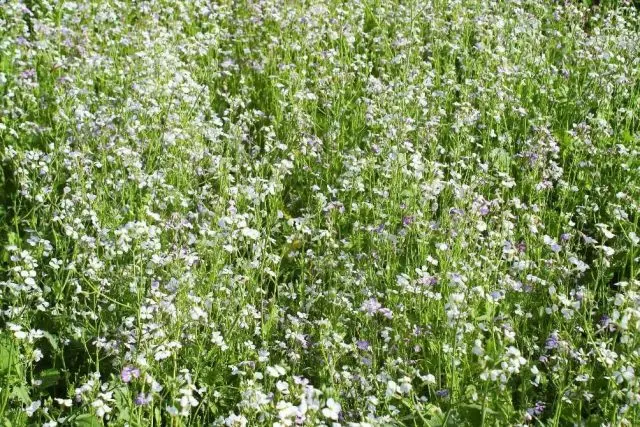
The radish belongs to the cabbage family
Mustard
Mustard is a fast growing and winter hardy plant. The culture has phytoncidal properties, helps fight fungal diseases, and makes the soil unsuitable for harmful insects. Mustard is planted to saturate the earth with nitrogen and useful macronutrients. Sowing this green manure in the fall is often carried out at the place where the potatoes were harvested.
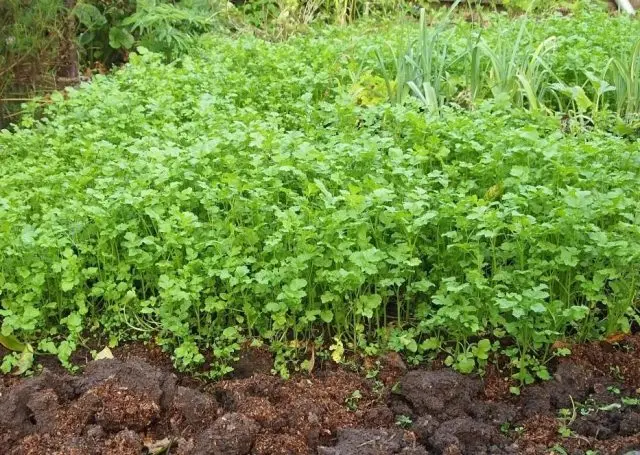
The unique feature of mustard is to extract phosphates from the soil
When to sow winter green manure
Siderates can be planted at any time of the year, but most often gardeners do this at the end of the season, closer to autumn. As a rule, these are either the last days of August, or the end of September, the beginning of October. But usually the term is chosen when the main part of the crop has already been harvested, and weeds have actively begun to grow on empty beds. This takes into account some features:
- In August, crops are sown that grow rapidly – barley or peas.
- In autumn, they plant frost-resistant, winter green manure for the garden – wiki, clover, phacelia.
Experienced gardeners, when choosing the time for planting green manure, start from the climatic features of the growing region. For example, in the south, work begins in the second half of September, in the middle lane, sowing can be done at the beginning of the month, and in the north – even earlier.

If you choose the wrong time for planting or mowing green manure, then the effect of them may become the opposite.
How to plant green manure in autumn
Planting green manure in the fall is considered an easy task that even an inexperienced gardener can handle. The algorithm for sowing useful crops provides for the preliminary preparation of the site and after that the planting work. The first task implies the removal of all weeds from the garden, digging the earth, if necessary, to a depth of about 20 cm, moderate soil moisture, the second is sowing the seeds of the selected plant with a 2-4 cm incorporation.
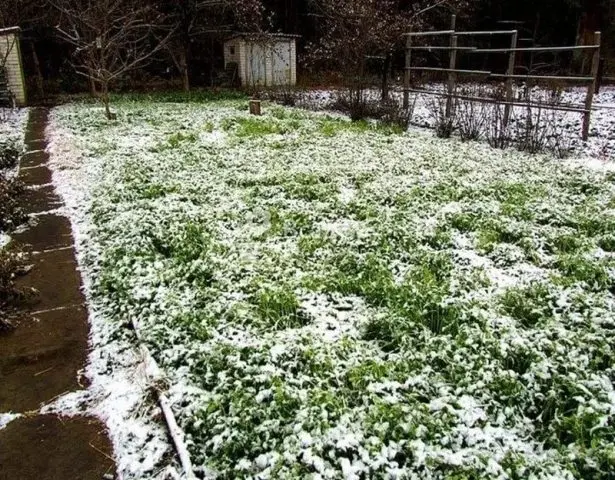
The basic principle of the effectiveness of planting green manure in the fall is that the thicker the sowing, the better.
What to do with green manure planted in autumn
Green manure planted in autumn is harvested at individual times, which depend on the characteristics of the land, as well as personal preferences. As a rule, they are mowed when they grow to a maximum height of 25 cm, before seeds begin to appear on them. Otherwise, they will become weeds and grow all over the garden. The exact harvesting time is determined depending on the region, 1-2 weeks before the onset of cold weather. Plants are cut off at the root, and after the arrival of spring, the beds are dug up along with their remains.
Another option for using green manure is to leave it uncut until spring. In this case, they will insulate the soil, protect it from too low temperatures and, accordingly, will bring even more benefits. In the spring, when the snow melts, the remains of the plants will need to be raked into a pile, then burned, and the ashes buried in the ground.
Some gardeners decide to dig green manure planted in the fall in the same year, before the first frost. In this case, the plants are not cut, but left in the ground for composting.
What kind of green manure processing method is suitable for the site can only be determined empirically. Due to the different composition of the soil, it is recommended to try all of the above options and choose the best one for your garden.
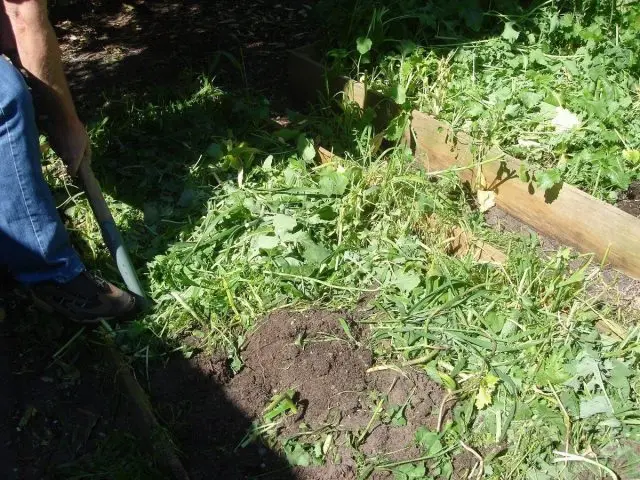
Rotting green manure can be used as compost or mulch.
Conclusion
Green manure for the garden in the fall is an excellent organic fertilizer that can naturally improve the soil on the site. But in order for crops to benefit and not turn into an annoying weed, they must be planted and harvested correctly, taking into account all the requirements of agricultural technology. You should also take into account the individual needs of the site and be sure to take into account the rules of crop rotation.









